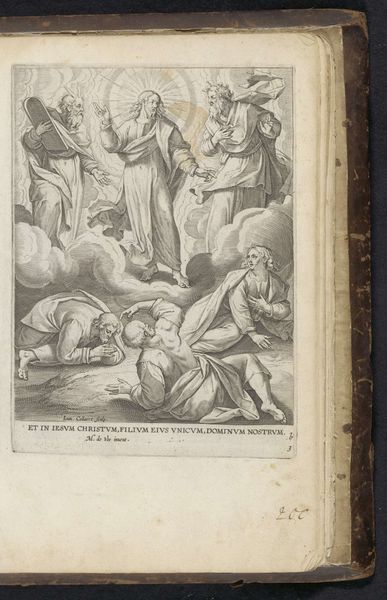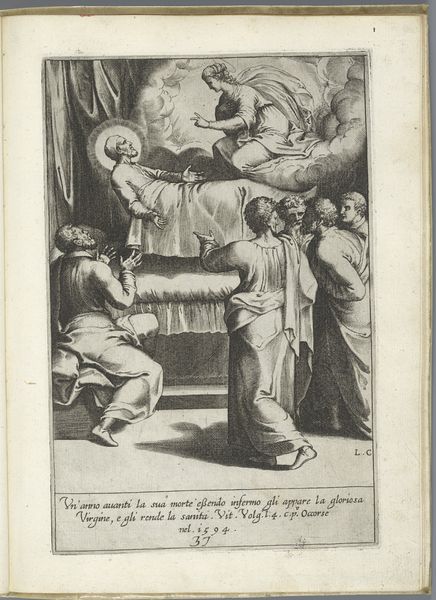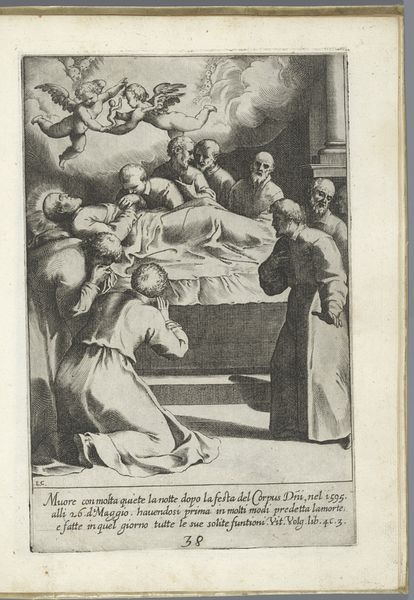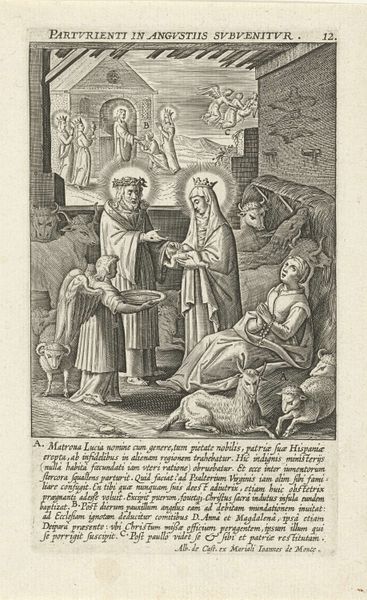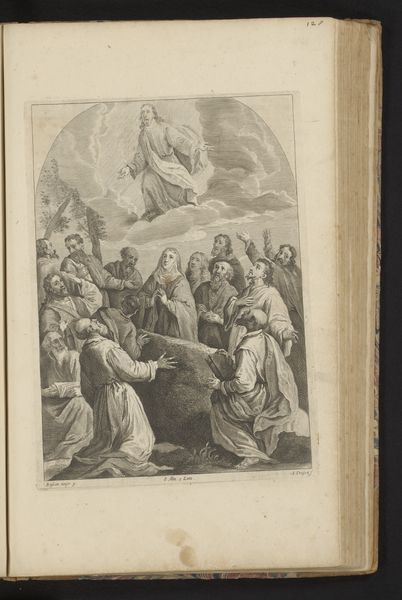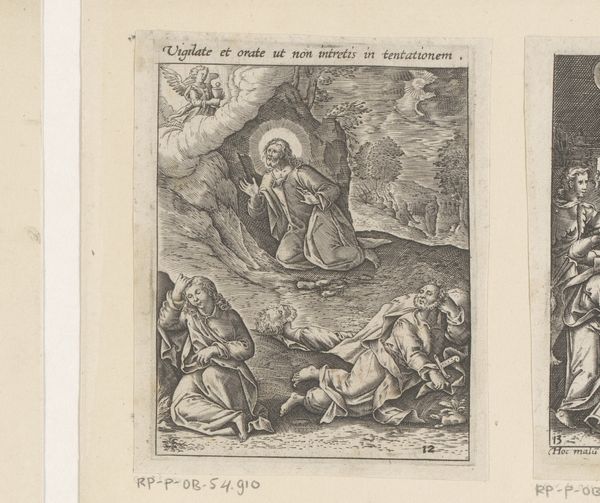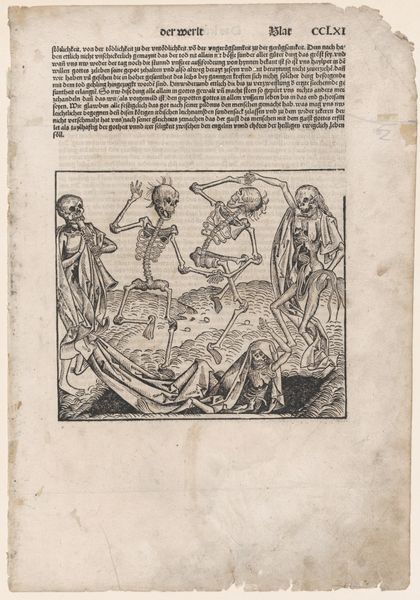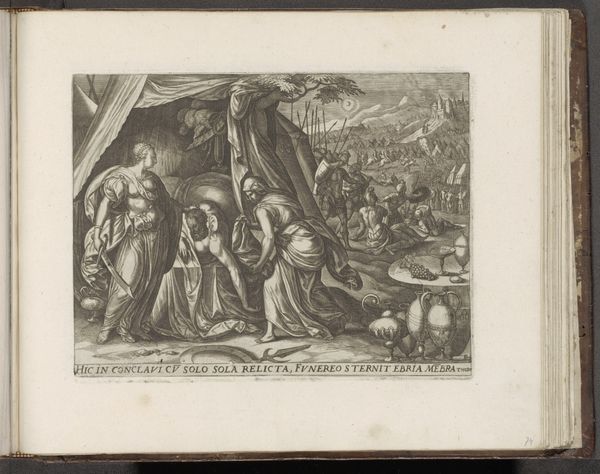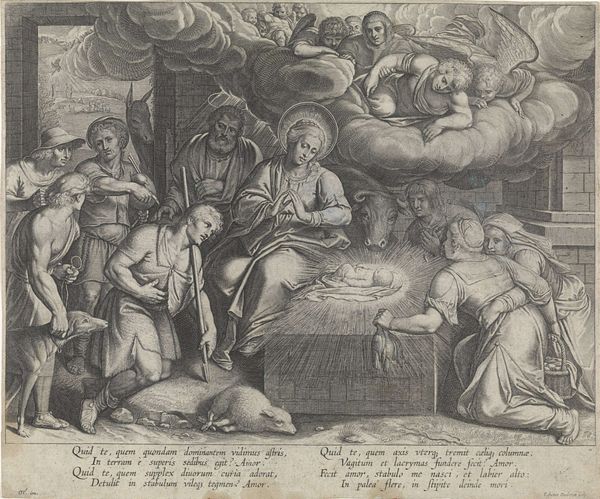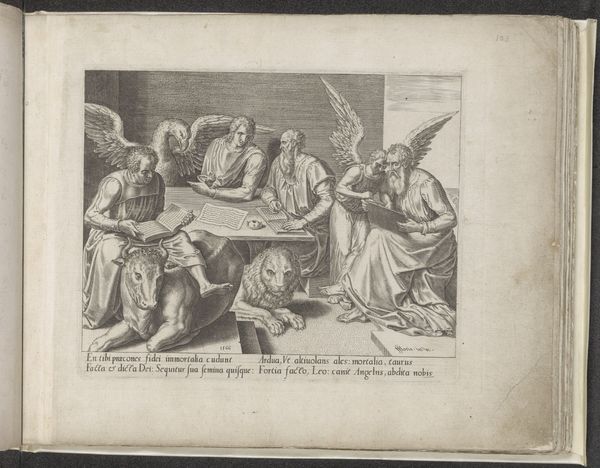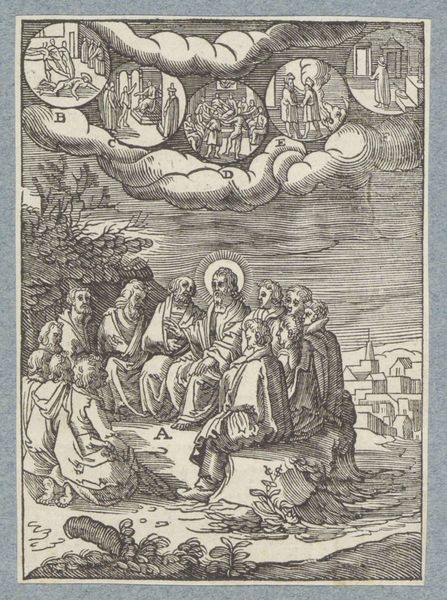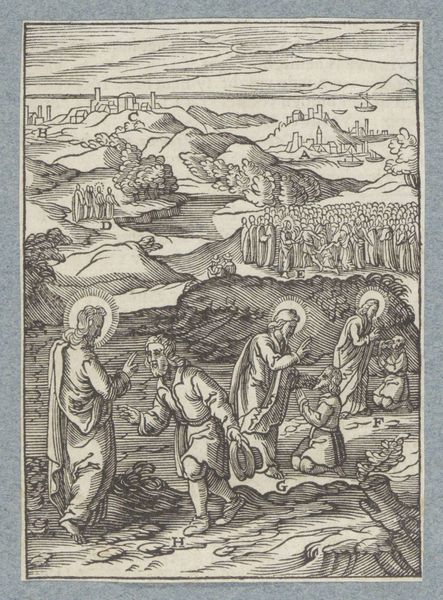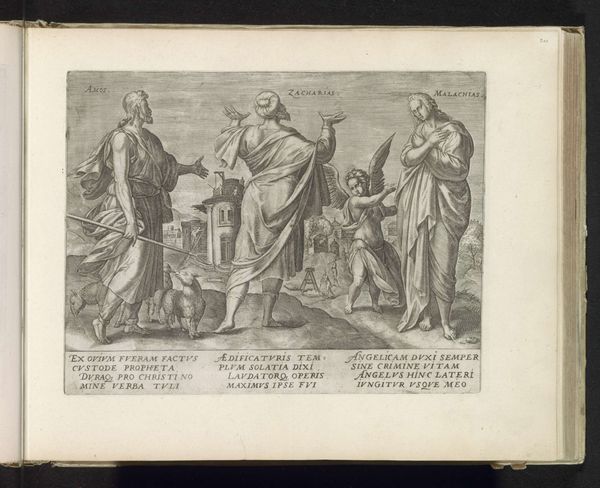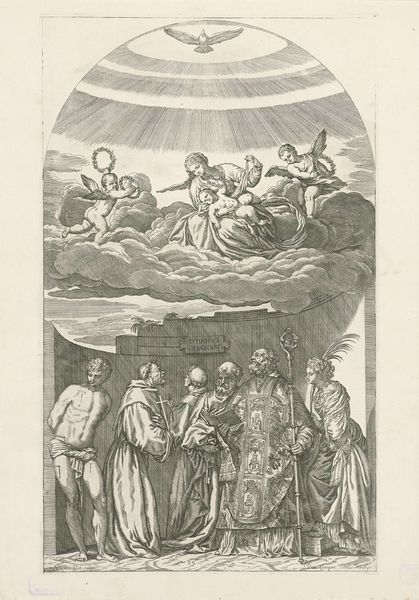
drawing, paper, ink, engraving
#
drawing
#
figuration
#
paper
#
11_renaissance
#
ink
#
coloured pencil
#
history-painting
#
northern-renaissance
#
engraving
Dimensions: height 167 mm, width 128 mm
Copyright: Rijks Museum: Open Domain
Editor: Here we have "Graflegging," or "The Entombment," an engraving in ink on paper from 1572 by Wierix, currently residing in the Rijksmuseum. It feels so heavy, so burdened by grief, the way they lower Christ's body… What do you see in this piece, beyond the obvious religious symbolism? Curator: Well, beyond the immediate scene of mourning, consider the sociopolitical climate in 16th-century Europe. The religious reformation was in full swing. Images like this were not just devotional; they were statements. Think about the power dynamics at play, the ways in which art became a battleground for ideological control. Who was this image made for? What messages did it reinforce, and who was excluded or marginalized by that narrative? Editor: So you're saying this image, even though it depicts a seemingly universal moment of sorrow, is really about specific religious and political tensions of the time? Curator: Exactly. Look at the stylistic choices – the Northern Renaissance emphasis on detail, the somewhat somber tone. These were often deployed to evoke particular emotions and to connect with a specific audience, in this case, likely those holding onto traditional Catholic beliefs amidst growing Protestant influence. How does the composition reinforce those aims, do you think? Editor: It's almost claustrophobic. They are all pressed together, sheltering Christ. There's a sense of enclosure, of protection… Is it possible the artist sought to both create propaganda but also make the viewers feel this enclosure, a shared community? Curator: Precisely. Art of this era served not just as a mirror, but also as a hammer, shaping beliefs and solidifying social identities. Remembering that religious artwork such as this was only permissible dependent on factors such as socioeconomic background, gender identity and race truly gives one pause. Considering all those denied basic respect during the Renaissance begs questions about whether its artwork carries exclusionary principles to the present day. Editor: I never thought of it that way before, how even a religious scene can be deeply entangled with the power struggles of its time. Curator: Seeing art as more than just aesthetic objects but as reflections of broader social forces opens up a richer understanding of our history, and of ourselves.
Comments
No comments
Be the first to comment and join the conversation on the ultimate creative platform.
